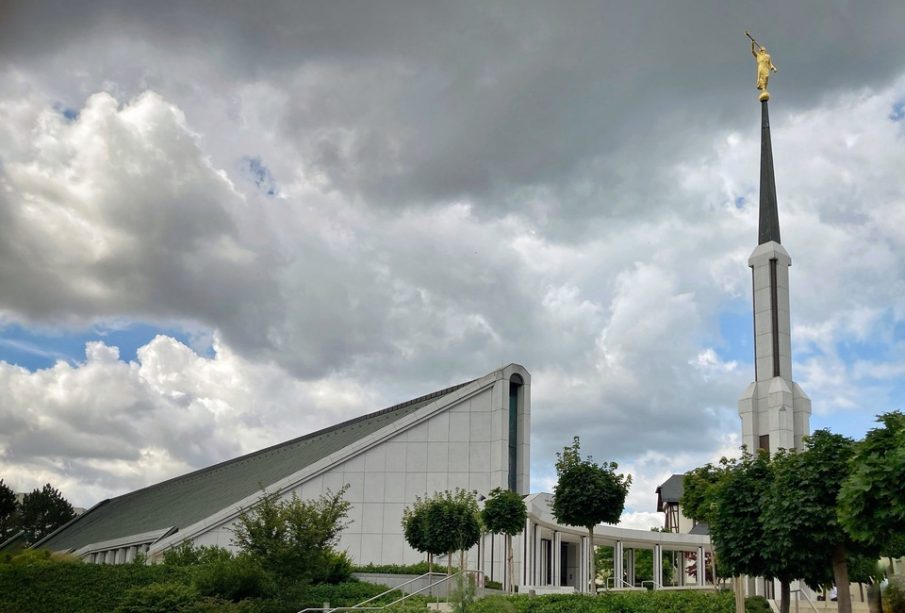An Overview of the Mormon Church: Current Insights and Developments

Introduction
The Mormon Church, officially known as The Church of Jesus Christ of Latter-day Saints (LDS), plays a significant role in the religious landscape of the United States and beyond. Established in the early 19th century by Joseph Smith, the church has garnered millions of members worldwide and continues to influence societal and cultural contexts. Understanding the recent developments within the church is essential for grasping its contemporary significance and ongoing transformation.
Current Developments
As of late 2023, the Mormon Church has been actively engaging in various social and cultural initiatives aimed at fostering community relations and supporting humanitarian efforts. In September 2023, church leaders announced a new initiative focusing on mental health awareness and support. Recognising the rising mental health crisis, the initiative aims to provide resources and training for both church leaders and congregants to better support one another.
Furthermore, the church has made strides in its efforts to increase transparency regarding historical issues related to race and gender in its teachings. In October 2023, the LDS Church published a series of essays that address past controversies, including its historical stance on Black individuals and the priesthood. This move has been met with a mix of support and criticism, reflecting the complex relationship between doctrine and contemporary societal values.
Additionally, the church continues to expand its global presence. Recent reports indicate that the number of congregations in Africa has surged, partly due to targeted missionary efforts and growing interest in the church’s teachings. The 2023 General Conference highlighted these developments, focusing on the church’s commitment to global outreach and service.
Conclusion
The ongoing transformations within the Mormon Church reflect a broader trend of religious institutions grappling with modern societal challenges. As the church continues to navigate these complexities, its initiatives on mental health, racial sensitivity, and global expansion indicate a willingness to evolve while retaining core beliefs. Understanding these dynamics is essential for both members of the church and observers interested in the interplay of religion and modern life. Looking ahead, it is likely that the church will continue to adapt and respond to social changes, shaping its future and the lives of its members in the process.









